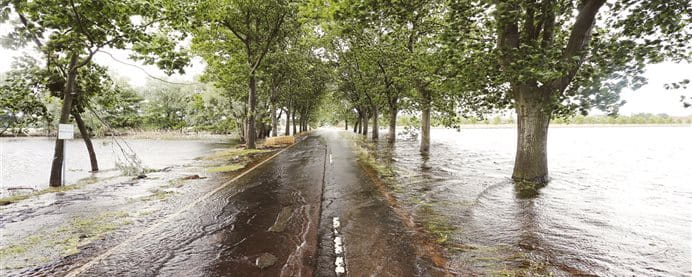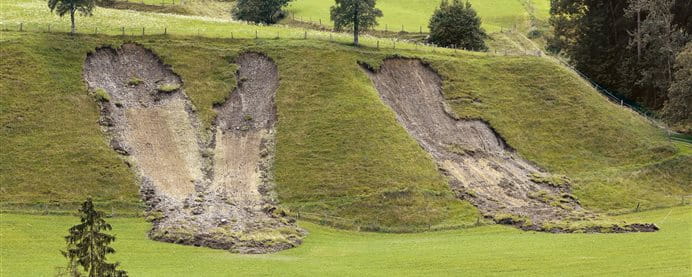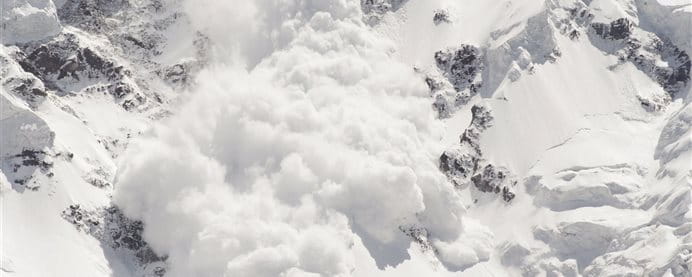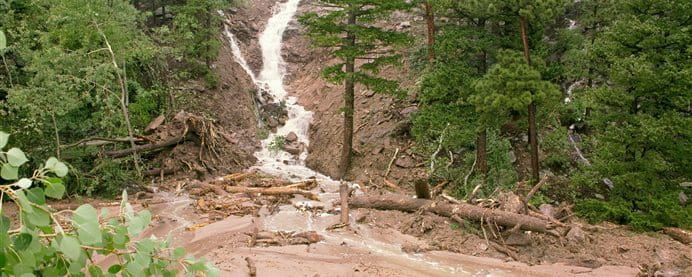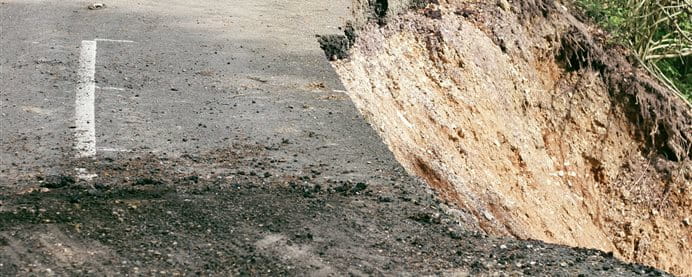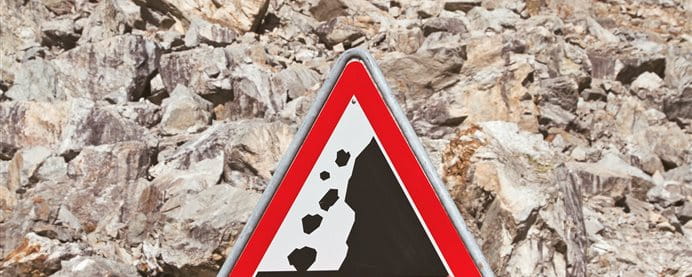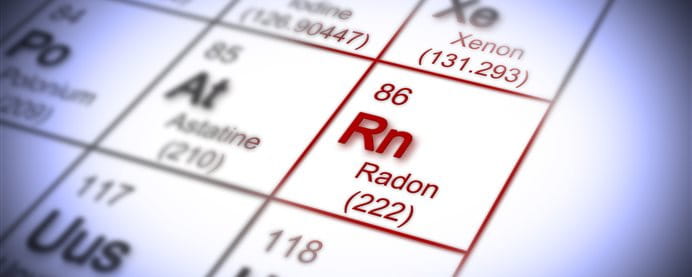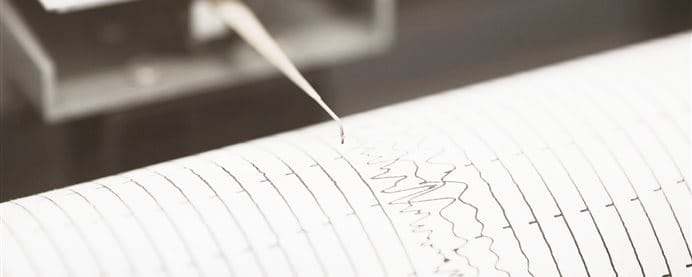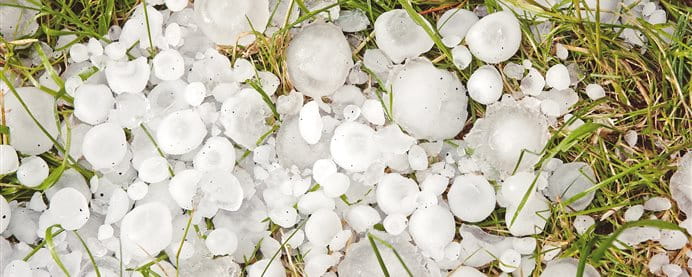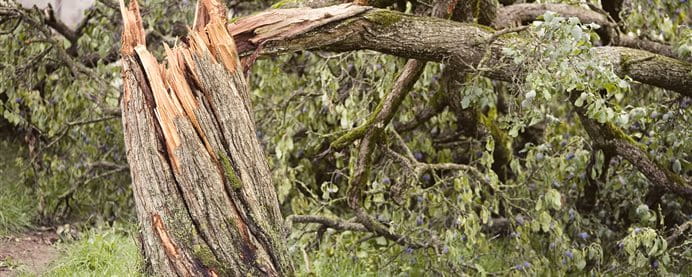Once set in motion, spontaneous slides in particular are almost impossible to stop. Rain or melting water softens the ground and causes entire slopes to start sliding.
Wherever mountains rise up out of the earth like in Switzerland, there is a risk of entire slopes sliding downward. Not all slopes are endangered but a large number of them have a propensity to slide. Instable slopes comprise about six percent of Swiss territory – an area of land about one and a half times as large as the canton of Zurich.
Experts distinguish between continuous and spontaneous slides and hillslope debris flows. A hillslope debris flow occurs if a lot of rain falls. The mix of water, earth and debris with a large amount of water then flows as a mud avalanche on the surface of the slope into the valley. A snowmelt can also help to trigger this process. Slides, for their part, are either triggered spontaneously with little water as a block or continuously. They usually involve a large area, are uniform and occur over an extended period of time. Slides can be expected on slopes with inclinations of 10 degrees and more.
Whether persistent rain is involved or severe thunderstorms or melting water, water is the crucial element for triggering slides. This fact was evident also in the extremely wet summer of 2005. Precipitation not only caused history-making flooding in Switzerland that year, but also triggered slides on over 5,000 hillsides. Large volumes of water penetrating a hillslope cause a reduction in the cohesion of the soil and rocks or also between the various layers in the ground. Water becomes a slip agent in that it reduces the adhesive friction underground. Depending on the structure of the ground, a slide can be deep or superficial – and can move at a speed of several meters per second or only a few millimeters per day.
Once in motion, a hillslope slide is practically impossible to stop. But slides involving smaller masses of earth or slower rates of movement can be slowed down or even stopped. The key is to extract as much water as possible out of the slope – for instance, through drainage. Shallow slides often hit grassland and pastureland without stabilizing elements such as woods, deeply rooted individual trees and hedges. Maintaining and planting deeply rooted trees and bushes thus helps to stabilize slopes susceptible to surface slides. However, deep-seated slide masses cannot be reinforced by means of vegetative root systems.

